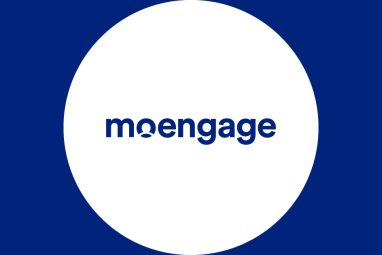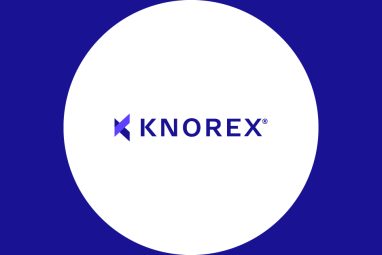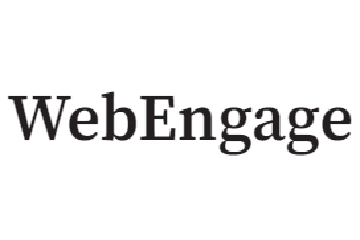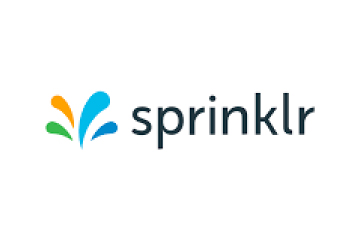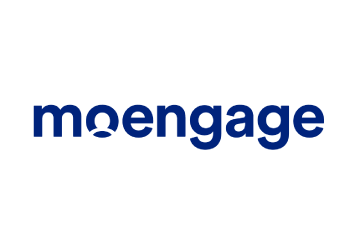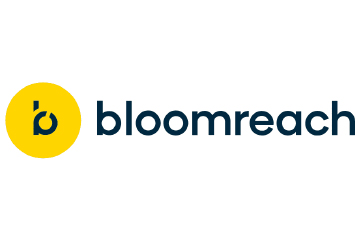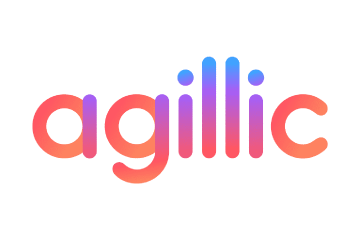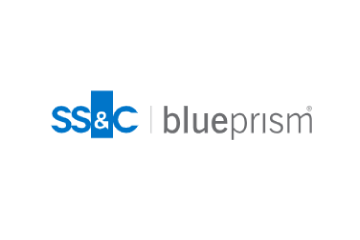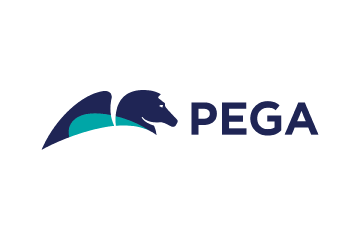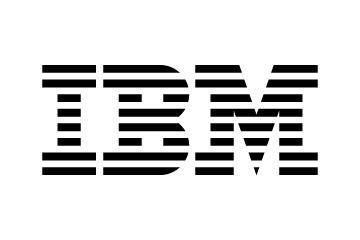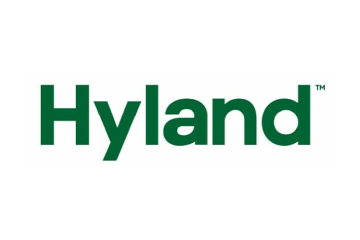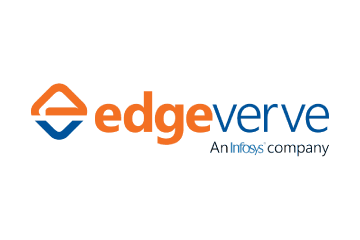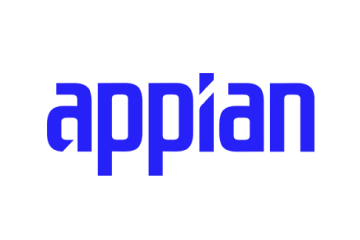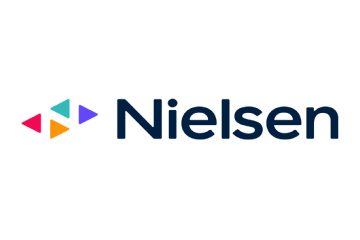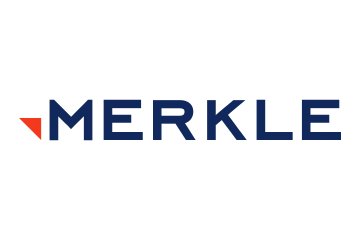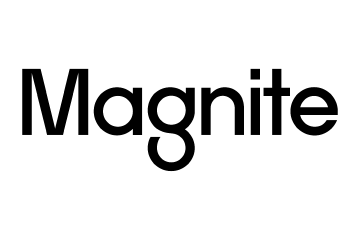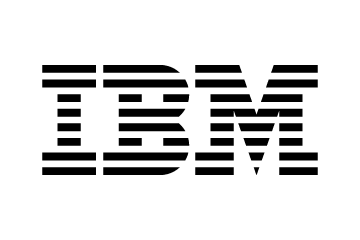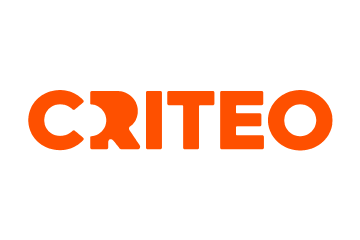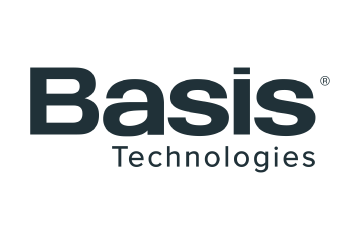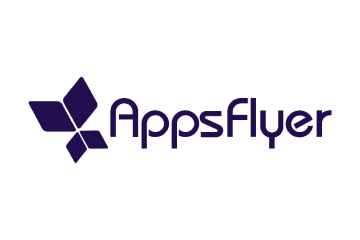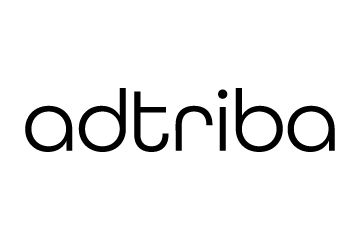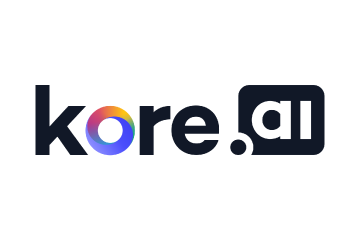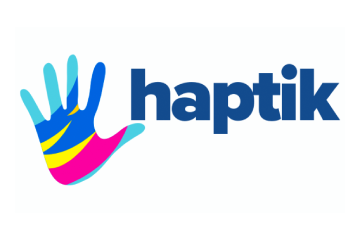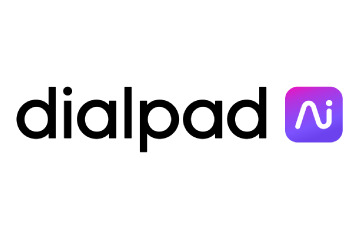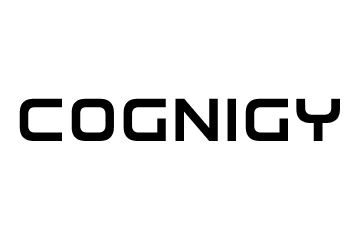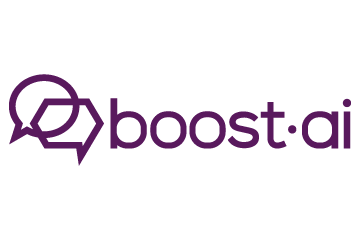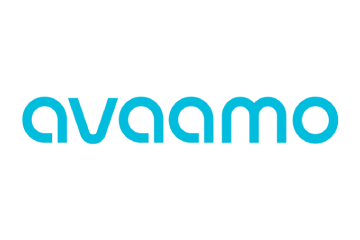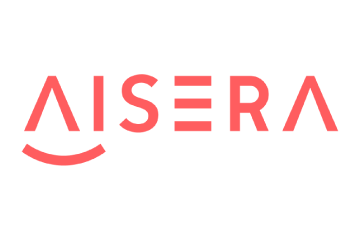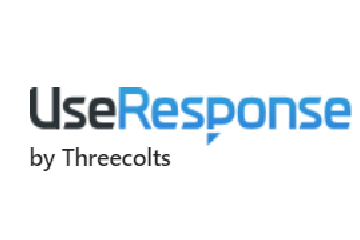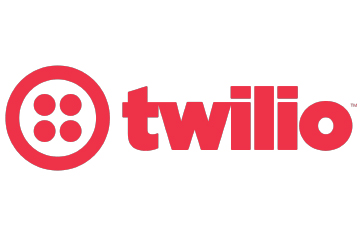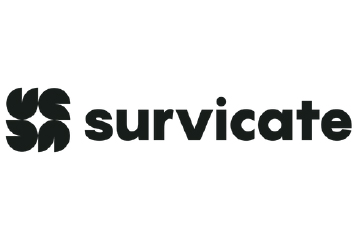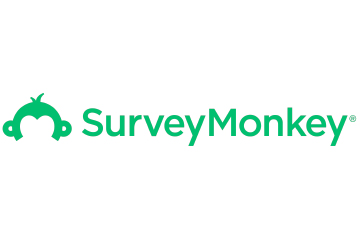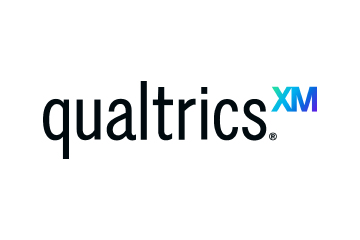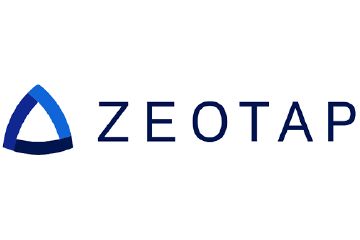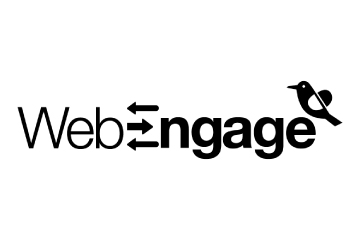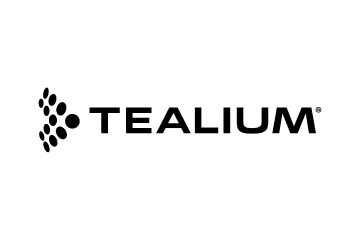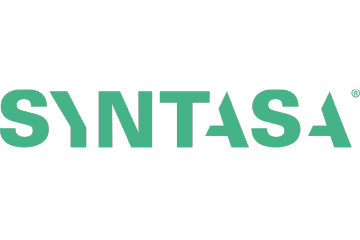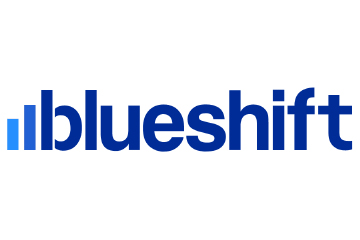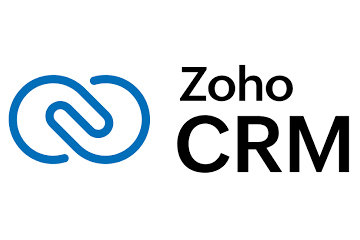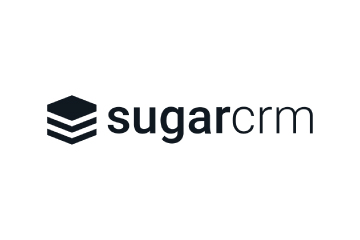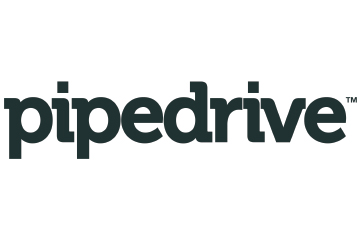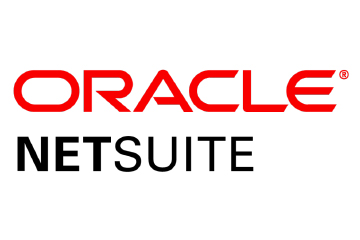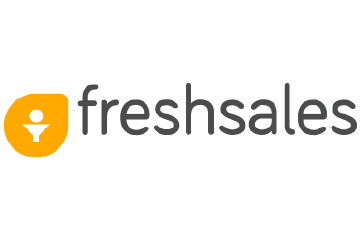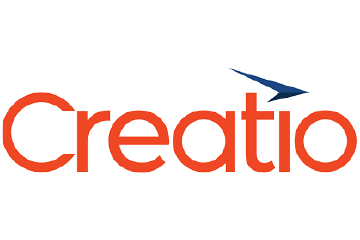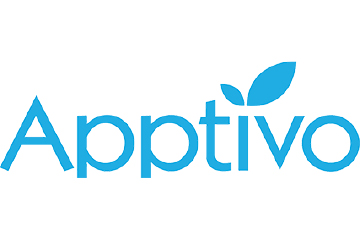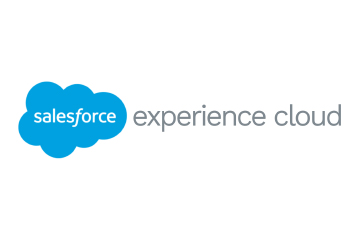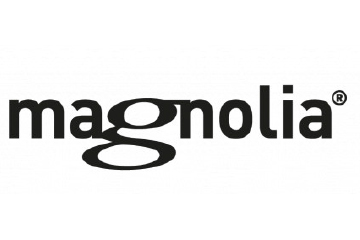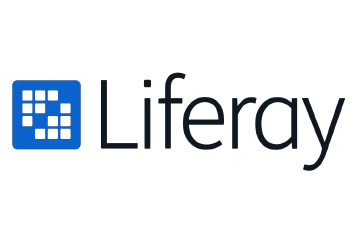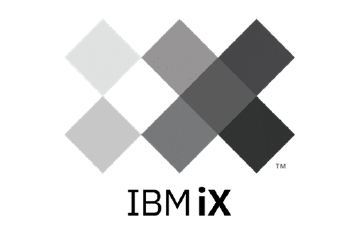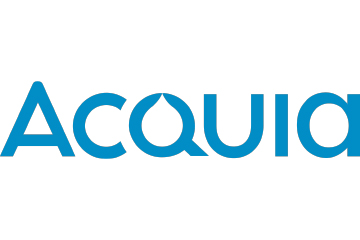Drift Study: Millennials Want Chatbots to Answer Questions
Drift, a leading conversational marketing platform, and SurveyMonkey, a leading global survey software company, announced the release of the 2019 State of Conversational Marketing Report. Based on a survey of 1,000+ US consumers, the 2019 State of Conversational Marketing is a follow-up to the 2018 State of Chatbots report and highlights key conversational marketing trends and […]
Topics
What to Read Next
- Surfside Expands Commerce Media Solution to Include In-Store Inventory
- Salesforce Signs Definitive Agreement to Acquire Qualified
- MoEngage Secures Additional $180M in Series F Funding
- KNOREX Unveils White-Label Solutions to Power Live Commerce Advertising
- Insightly Launches AI-Powered Copilot to Streamline CRM Workflows
Drift, a leading conversational marketing platform, and SurveyMonkey, a leading global survey software company, announced the release of the 2019 State of Conversational Marketing Report.
Based on a survey of 1,000+ US consumers, the 2019 State of Conversational Marketing is a follow-up to the 2018 State of Chatbots report and highlights key conversational marketing trends and benchmarks.
Key findings from the 2019 State of Conversational Marketing report include:
- There’s an opportunity to be more customer-centric: The top three frustrations people are facing online today are: getting answers to simple questions, dealing with websites that are difficult to navigate, and finding basic details about a business (e.g. address, hours of operation, or phone number). This is consistent with last year’s survey; and point to a broader underlying issue that’s been plaguing online experiences for years: People can’t find the information they’re looking for quickly and easily.
- Chatbots have a perception problem: Despite acknowledging the benefits that chatbots can provide—like being able to answer questions and resolve issues quickly, 24/7—buyers are still 2X more likely to say that chatting with a live human (e.g. via online chat) provides a better customer experience.
- Email isn’t going anywhere: As new channels emerge and move to the forefront of customer communication, some thought leaders have predicted that older channels — like email — will fall by the wayside. But, the survey shows that email usage has grown more than any other customer communication channel, with a third of survey respondents reporting that they used it more frequently over the past year. The key to increasing engagement is understanding communications preferences and tailoring outreach accordingly.
Also Read: Millennials Are Using Voice Search to Find Local Small Businesses, Mostly Restaurants
“If there’s one thing you take away from the 2019 State of Conversational Marketing Report, let it be this: It’s clear that the experiences that many businesses are providing no longer align with customer expectations,” said David Cancel, founder and CEO of Drift. “Today’s buyers expect to find what they’re looking for now, not later. As we prepare for the future, it will be more important than ever for businesses to be available across a broad spectrum of channels, and to make sure you’re communicating the way people prefer to communicate.”
“Our data reveals that, while consumers are still wary of chatbots, acceptance is growing year-over-year,” said Morgan Molnar, senior product marketing manager at SurveyMonkey. “In 2019, both Boomers and Millennials expect chatbots to provide answers to simple questions (54% and 46%) and to resolve their complaints quickly (40% and 34%), two of the top problems faced by customers. The overall message is that businesses need to take notice of how consumers expect to receive service so they can capitalize on providing a great experience.”
Also Read: Netcore Acquires AI Chatbot Start-up Quinto.ai
For more details on the report, click here.



